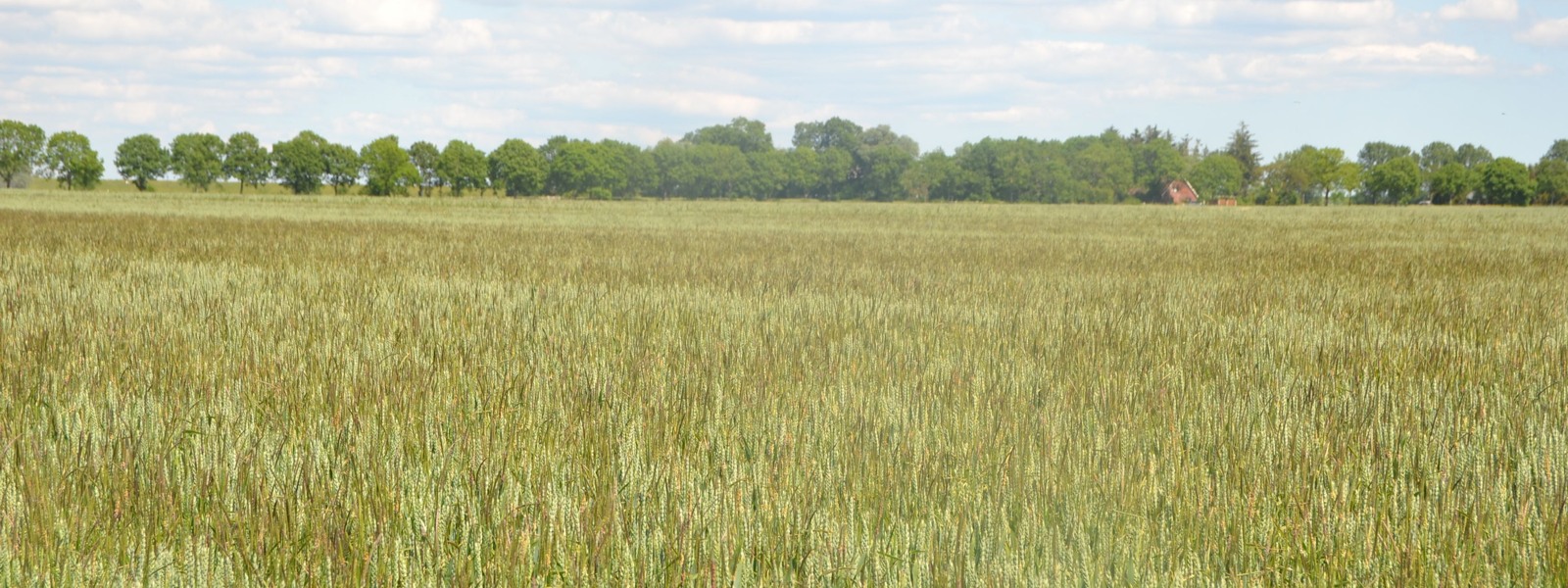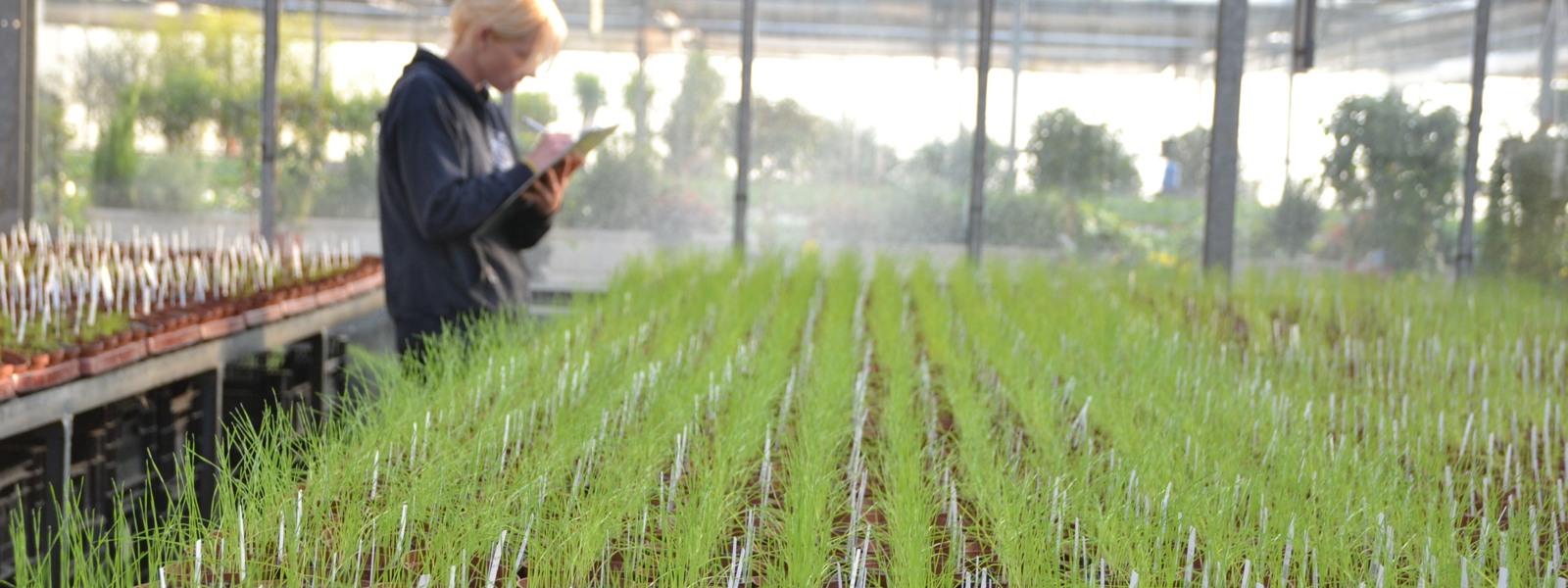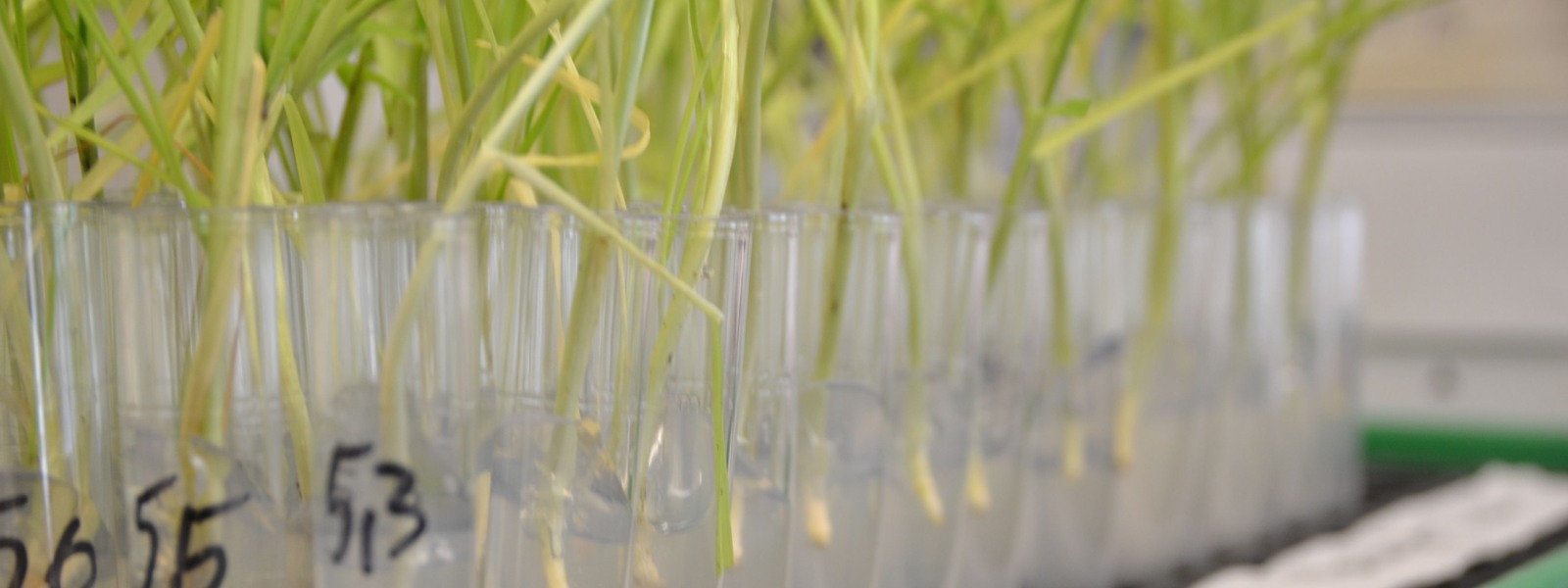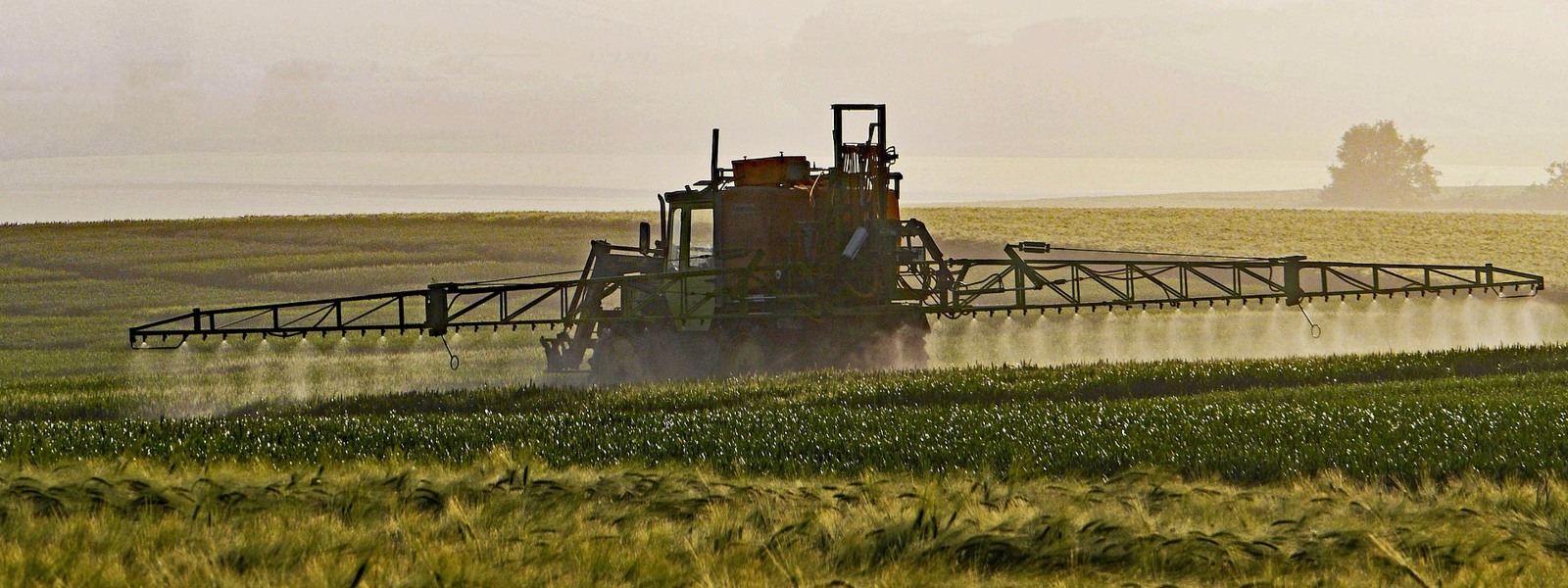How to Properly Collect Seed Samples of Blackgrass
To ensure we can perform a reliable resistance analysis, clean and sufficient sampling is crucial. Here you will find all important guidelines for seed collection:
When to collect?
Main collection period: From mid/late June to early July – typically in winter cereals.
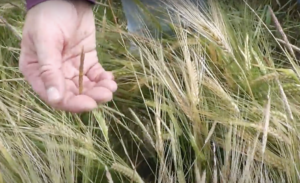
- Recognizing ripeness: Are seeds already falling off the seed head? Perfect timing!
How much to collect?
- Minimum quantity: 200 ml of ripe seeds (e.g., measured with a measuring cup).
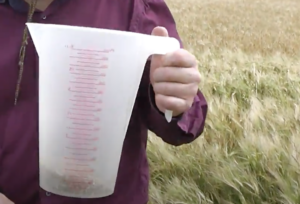
More is better! Feel free to collect generously – the more seeds, the safer the analysis (e.g., for retesting or additional experimental trials).
Where to collect?
- Set aside about 30 minutes for sampling.
- Goal: Collect seeds from as many plants as possible in the most heavily infested area of your field.
- Important: Only collect ripe seeds!
Also in other crops?
Yes! Sampling is not limited to winter cereals, it is also possible in:
- Maize
- Sugar beet
Just pay attention to the right stage of seed maturity. Due to later germination in spring, blackgrass seeds in maize and sugar beet fields mature later.
And shipping?
You have two options:
- Dry before shipping:
- Spread seeds out on paper
- Let them dry for 1 week at room temperature
- Direct shipping:
- Fill seeds directly into a sturdy paper bag (e.g., large biodegradable waste bags)
- Ship to us immediately
Do not use plastic bags! (Risk of mold)
Shipping address: PlantaLyt GmbH
Vahrenwalder Str. 269A
30179 Hannover
Germany
Tip:
If you have any questions about seed collection, feel free to contact us – we are happy to help!



